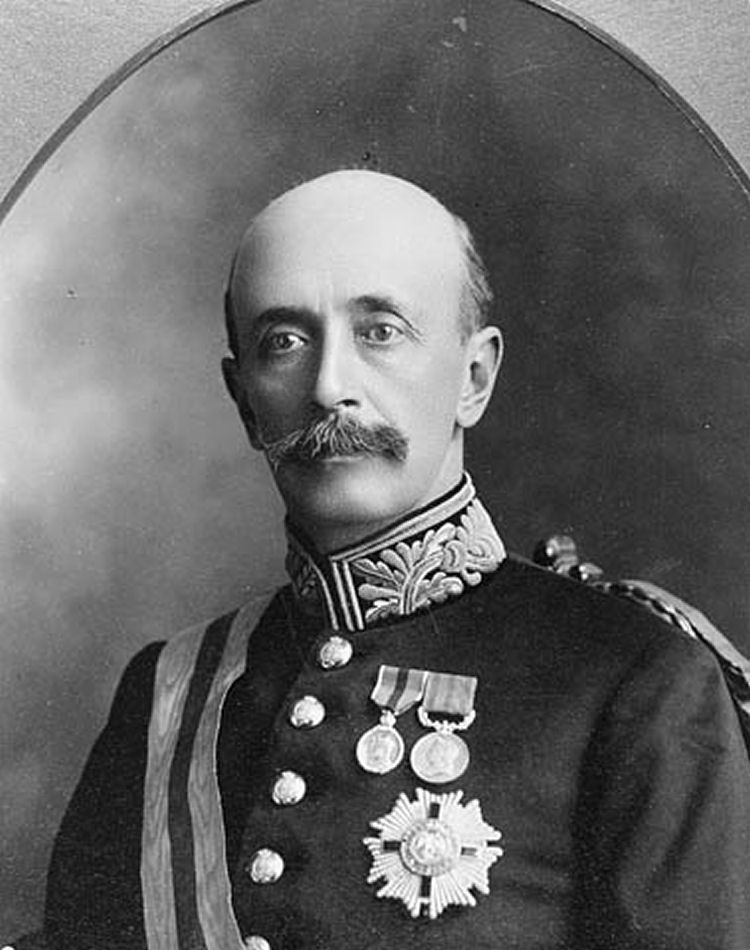|
KENT PUBLIC HOUSE TRUST

Founded by Albert, 4th Earl Grey.
Towards the end of the 19th century, a number of disparate factors
conspired to put pressure on Britain's public houses and in particular,
those to be found in the countryside and provincial towns. In no
particular order, these included:
i) The rise of, largely religious-based, temperance societies and other
similar anti-alcohol lobbying groups.
ii) A long-running depression in the British agricultural industry.
iii) The ever-increasing spread of Britain's railway network and the
inevitable decline in stagecoach and other road traffic, upon which many
rural pubs, village inns and country hotels depended.
iv) Mergers and brewery company takeovers, which created ever-larger
tied house estates, owned by companies that actively promoted alcohol
sales, sometimes using pretty unscrupulous means.
As the Victorian era drew to its close, hundreds of rural pubs, coaching
inns and country town hotels found their core trade diminishing, whilst
at the same time, some breweries were actively promoting
over-consumption of alcohol. Fewer customers, therefore, drinking rather
more than might have been good for them. This, not unnaturally, provided
useful ammunition to the anti-drink lobby, giving the temperance
movement ample cause to seek mass pub closures and restrictions on the
sale of beer, cider and in particular, spirits.
Abroad and in particular in Sweden and Norway (then, in effect, one
country) similar anti-alcohol movements had been set up and to a degree,
achieved some success, particularly in reducing spirits consumption,
closing pubs on Sundays and restricting permitted hours, during which
intoxicating drinks could be sold. There was a strong moral (some might
suggest puritanical) ethos at work here, in that the instigators, of
what was sometimes referred to as the Gothenburg System, saw part of
their mission as encouraging drinkers to lead better lives and eschew
pub-going, in favour of more wholesome, uplifting and edifying pursuits.
However, such social experimentation, no matter how well intentioned,
largely failed to inspire, let alone convince, the majority of drinkers
to abandon their favourite pubs, abstain from drinking alcohol and lead
more righteous lives. Attempts to force legislation through, which would
have made pubs austere, Spartan, uncomfortable and even unheated, failed
dismally. Quite the reverse, in fact, as opponents of prohibition
achieved a measure of success, though a general move to improve the
quality of pubs, their facilities and the victuals offered.
It was against this background that various progressive movements were
established in the UK, with the aim of not banning alcohol sales but
placing them in the context of rather more refined surroundings, where
food and soft drinks would be made readily available. Amongst the first
of these organisations was the People's Refreshment House Association,
which was set up in 1896 by Francis Jayne, the Bishop of Chester and
which went on to own c.130 pubs all over Britain. A slightly different
approach was adopted by the fourth Earl Grey, who promoted the idea that
county-based trusts be set up, in order to purchase, renovate and run
pubs, inns and hotels. Like the PRHA, great emphasis was placed on
promoting moderation and orderly behaviour, with licensees being
remunerated more for their turnover on food, soft drinks and
accommodation, rather than on sales of alcohol. Initiated in 1904,
Grey's idea chimed with the great and the good and funds poured into the
county trusts' coffers, enabling them to purchase scores of licensed
properties, which numbered c.100 by the outbreak of WW1. In order to
incentivise customers, food and soft drinks were made available at very
attractive prices and as a result, Trust Houses, as they were termed,
became very popular. Dividends, paid by the Public House Trust Companies
to those who subscribed funds, were capped at 5% and all nett profits
were ploughed back into Trust Houses, either to further improve
facilities, or to expand the county PHTC estates.
After WW1 the Trust House movement continued to expand and found much
favour with the increasing number of people who owned cars and liked the
idea of driving to well-run, good quality destinations. It was during
the inter-war years that the original county trusts were amalgamated to
form a single Trust House company and a number of London's best-known
hotels were subsequently acquired, including the Grosvenor House, Hyde
Park and Cavendish. By the outbreak of WW2 the number of Trust Houses
had grown to 224 and the company traded on an enviable reputation, for
offering good quality food, drink and accommodation, at reasonable
prices, all served up in well-appointed and professionally-run inns and
hotels.
The end of Trust Houses Ltd, as an independent company, came in 1971,
when restaurateur, hotelier and entrepreneur Rocco Forte merged his
company, Forte Holdings, with Trust Houses, to form Trust House Forte.
Many of the original Trust Houses were sold off, as the new company
focused on acquiring and running large, city centre, high-end hotels.
THF was bought by Granada in 1996 and to this day, now trading as Rocco
Forte Hotels, remains an influential force in the international hotel
market. |